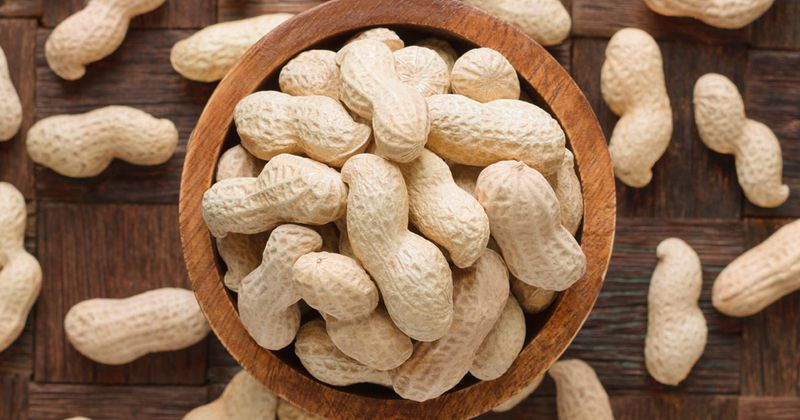Peanut introduction largely successful among cohort of high-risk infants
Key takeaways:
- Rates of new peanut allergy and discontinuation after introduction appeared low in a cohort of high-risk infants.
- Families of high-risk infants with other peanut-allergic members may require additional support.
Researchers found low rates of new peanut allergy and generally low rates of peanut discontinuation after introduction in a cohort of high-risk infants, according to study results published in The Journal of Allergy and Clinical Immunology.
However, the results also showed the need for extra guidance and reassurance, suggesting that “there may be families who need extra support with early introduction of peanut, particularly those with peanut-allergic parents or siblings,” Corinne Keet, MD, PhD, professor of pediatrics at University of North Carolina, Chapel Hill, told Healio.

Keet and colleagues conducted a prospective cohort study of 277 high-risk infants aged 4 to 11 months with no history of peanut exposure who were deemed not allergic to peanut. Researchers followed them for 30 months to determine compliance with peanut introduction guidelines, rates of new peanut allergy and reasons for discontinuation of peanut consumption. Researchers defined high-risk infants as those with moderate to severe eczema, physician diagnosis of non-peanut food allergy or a first-degree relative with peanut allergy.

Infants were introduced to 6 g of peanut protein weekly and subsequently completed two in-person visits and monthly questionnaires.
Overall, 245 of the infants (88%) were consuming some peanut protein at last follow-up with median consumption of 3 g per week (interquartile range, 1-5).
During follow-up, six (2%) participants developed new peanut allergy, two of whom had reactions consistent with food protein-induced enterocolitis syndrome.
The most common reason for peanut discontinuation was the presence of a first-degree relative with peanut allergy, with 25% discontinuing at some point vs. 14% of those without a relative with peanut allergy (P = 0.3).
Additionally, reactions among peanut-allergic siblings after introduction in the index infant appeared uncommon (1.6%), whereas reactions occurred among 20% of peanut-allergic mothers and 16% of peanut-allergic fathers.
“These findings confirm other studies in other settings that after regular introduction of peanut in infancy, new peanut allergy is rare,” Keet told Healio.
Although 59% of families considered peanut introduction to be “easy” or “very easy” at the 30-month visit, a subset of 26% considered peanut introduction to be “difficult” and a subset of 23% considered it “very difficult.”
“We did find that many families, particularly those with another child with peanut allergy, found peanut introduction difficult,” Keet added. “Although it was not the main focus of the study, one thing that was surprising was how many parents reported reacting to their child’s introduction of peanut.”
For more information:
Corinne Keet, MD, PhD, can be reached at corinne_keet@med.unc.edu.
